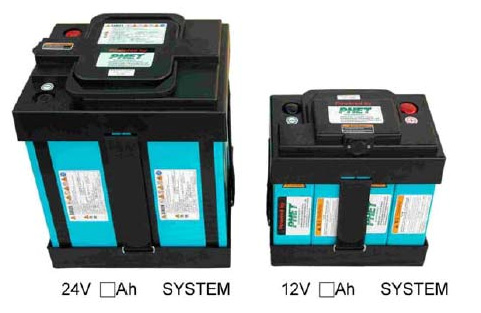DOSBAS®Introduction
Discussion and Conclusion
In conclusion, the development of lithium ion batteries for HEV and EV applications may not have come to the final stage; however, safety design and protection devices must be carefully evaluated since both the energy and power density of the batteries could lead to potential hazards under abnormal operating conditions. The proposed DOSBAS® battery system provides not only a cost-effective solution for meeting the current regulations but also a feasible engineering design for mass production in the relevant applications. Up to date, the DOSBAS® battery systems have been pre-configured into various specifications in voltage and amp-hours with embedded battery balance boards as shown in Fig. 9. Moreover, the battery systems have been installed on a fleet of EVs for the purposes of evaluation on performance, endurance, and safety issues. Based upon the collected data from various sources, the preliminary test results are very satisfactory and promising because significant improvements on safety and reliability have been achieved on all kinds of power-train platforms. The proposed DOSBAS® battery systems could serve as one of the promising battery systems for the current and future HEV and EV applications.
 |
|
| Figure 9 Photographic picture of two battery packs assembled for 12V and 24V applications embedded with the DOSBAS® system and voltage balancing boards on top of the packs. |



